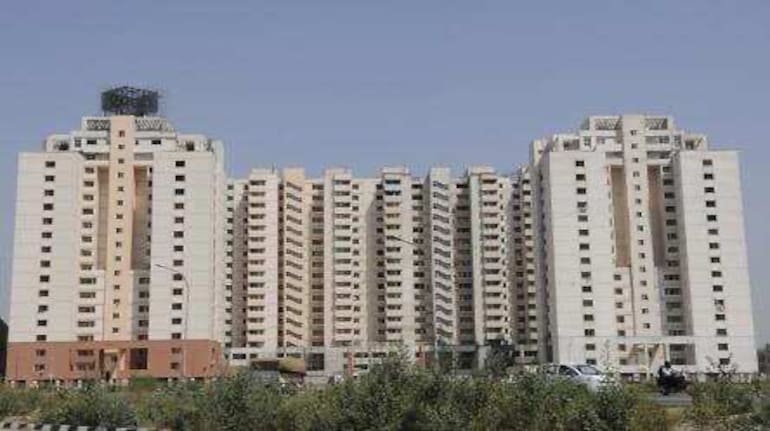Nearly 33 percent of such projects are in MMR and 59 percent of projects in NCR, says a report by Liases Foras
Nearly 50 percent of unsold residential inventory in the country is under high risk of being delayed or is susceptible to price correction or both, a new report has said.
Nearly 33 percent of such projects in MMR and 59 percent of projects in NCR fall in high and very high execution risk categories, a report by Liases Foras on execution and price correction risk on residential markets in India has said.
Around half of the projects and unsold stock are with moderate price correction risk of 10 to 15 percent. Only 5 percent of the projects and consisting around 2 percent of unsold stock have a scope of over 20 percent of price correction.
There are 5,689 (31%) no risk projects in the country with as many as 76,164 (6%) unsold units. As many as 1981 (11%) projects are categorised as very high-risk projects with 3,00,728 (23%) unsold units. There are 2,436 (13%) of high-risk projects with unsold units amounting to 3,36,774 (26%), the report said.
On a regional level segmentation, MMR has the highest risk of undergoing a price correction where 10 percent of projects are expected to undergo high correction of more than 20 percent. A high price correction is a sign of damage to the financials of the developer and facilitator, the report said.
The all India residential real estate market closed at an inventory of 13,45,000 units spread across 1.58 bn sq ft with an overhang of 45 months when the nationwide lockdown was enforced in March. The sales velocity clocked in the March 20 quarter was 0.90 percent. Signs of a healthy market are a sales velocity of 2.08 % and an overhang of 15 months.
“Clearly the supply side of the market was struggling even before the pandemic had set in. Taking a turn for the worse, COVID-19 and the nationwide lockdown has affected the demand side of the market which is the buyer’s sentiment. Job losses, salary cuts, reduced savings and uncertainty of a normal world, have induced negativity of the buyer towards home purchase,” said Pankaj Kapoor of Liases Foras.
A distressed market puts the already struggling projects (prior to COVID-19) into a tighter position making them susceptible to default and thereby leading to chances of delinquency, he said.
The execution risk defines whether the real estate developer will be able to complete the building as per the schedule, or whether he is likely to default.
It depends on the current construction stage, the quantum of the construction that took place in the last 12 months, the achieved construction velocity against the desired pace, project saleability and the developer score measured by the cash condition, overall construction and sales activity and delays.
The price correction risk defines the degree and scope of price correction. It has been measured as a function of the project level sales velocity and saleability and location level habitability index, gestation and sales velocity.
Stress testing was done for 18,225 ongoing real estate projects across 50 cities in India. It covered over 85 percent of developers supply in the residential segment in the country.








